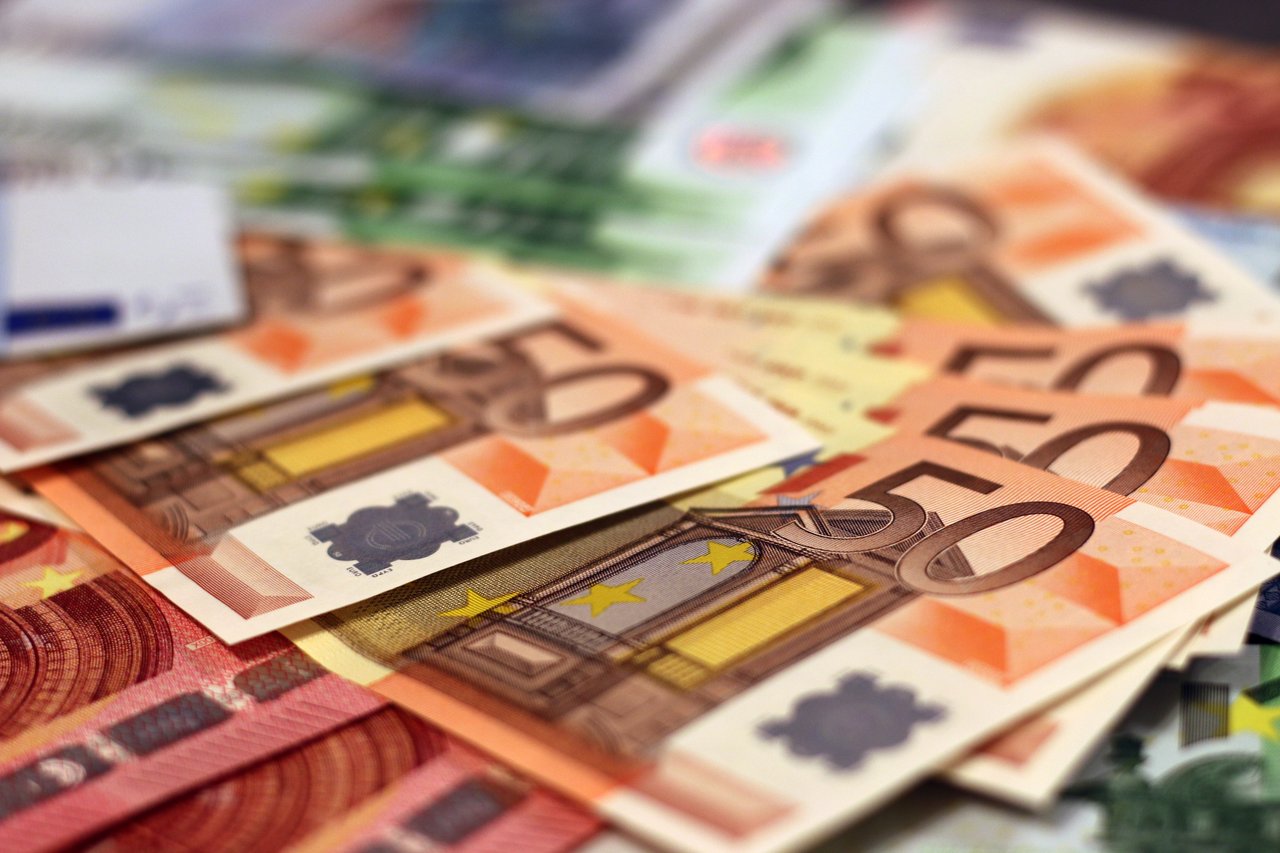Drastic times call for drastic measures. It is hence no surprise that a broad array of measures were taken in Belgium in response to the COVID-19 pandemic, including a variety of tax measures at the federal, regional and local level (e.g., an extension of filing and payment deadlines for several taxes, waivers or reductions of certain taxes, etc.). In this context, the Belgian legislator introduced a general one-off carry-back regime for losses incurred by Belgian taxpayers. Another important COVID-19 related measure that was recently adopted is the so-called reconstitution reserve, a measure that will allow Belgian corporate taxpayers to create a temporary tax-exempt reserve for future (post-COVID-19 pandemic) profits.
The loss carry-back regime
Legal framework
The technical implementation of this measure obviously differs in the corporate income tax regime and the personal income tax regime. In this article, we will limit ourselves to discussing the carry-back regime for corporate taxpayers.
Rationale
Taxpayers that incur losses in the financial year during which the COVID-19 pandemic developed might be confronted with a tax burden/cash-out for the prior financial year, i.e., the pre-COVID-19 year. To improve the liquidity position of these taxpayers, the loss carry-back measure allows them to speed up the use of their COVID-19 losses by offsetting the (estimated) COVID-19 losses against the taxable profits of the pre-COVID-19 year. By doing so, the tax burden for the pre-COVID-19 year will be lower and, in consequence, any tax prepayments made by the taxpayer for that year in excess of this tax burden will be reimbursed.
Scope of the regime
The loss carry-back regime is applicable to Belgian corporate taxpayers (Belgian companies and taxable Belgian establishments of foreign companies) and Belgian individual entrepreneurs subject to personal income tax or nonresidents income tax in Belgium. The Law of 23 June 2020 specifically excludes certain taxpayers from the application of the loss carry-back regime:
- Companies that qualified as an ‘enterprise in difficulties’ at the outset of the COVID-19 pandemic, i.e., on 18 March 2020.
- Companies that benefit from a special Belgian corporate income tax regime, e.g. (i) investment companies, (ii) shipping companies subject to the tonnage tax regime, (iii) cooperative participation companies that benefit from a specific tax regime on the basis of the Law of 22 May 2001.
- Corporate taxpayers that reduce their equity in the period as of 12 March 2020 until the day the tax return with respect to tax year (aanslagjaar/exercice d’imposition) 2021 is filed.
- Corporate taxpayers that hold a direct participation in a tax haven company or that make payments to such a company of at least EUR 100,000 on an annual basis in the period as of 12 March 2020 until the day the tax return with respect to tax year 2021 is filed. The law allows for counterproof with regard to payments made to a tax haven company, if the tax payer demonstrates that the payments take place in the context of real and legitimate transactions that correspond to justified financial or business needs.
Losses covered by the regime
Even though the legislator intended to allow the carry-back relief for COVID-19 losses specifically, there is no explicit prerequisite or condition for the taxpayer to demonstrate the link between the losses and the COVID-19 crisis. The possibility to apply the regime to “non-COVID-19 losses” is, in practice, limited however.
The loss carry-back can only be applied with respect to the potential/estimated losses of the so-called “COVID-19 year,” which is determined by law to be the first financial year that follows the “pre-COVID-19 year,” being the financial year that ends between 13 March 2019 and 31 July 2020.
Technicalities of the regime
Technically, the loss carry-back will take the form of a temporary tax-exempt reserve that is to be included in the income tax return covering the pre-COVID-19 year and that will reduce the whole or part of the taxable profit for that year with the amount of estimated losses (new Article 194septies/1, § 4 of the BITC). The taxable profit is to be reduced in the pre-COVID-19 year by the amount of the tax-exempt reserve, which has to be recorded under code 1128 of the tax return (Reserve to strengthen the solvency and equity following the COVID-19 pandemic).
The Law does not specify which part of the reserved profit should be reduced in the tax return covering the pre-COVID-19 year. The Circular specifies in this regard that the reduction cannot be applied with respect to hidden reserves (codes 1020-1025) or the taxable part of revaluation gains (code 1004). The Circular also indicates that the reduction should first be applied with respect to the (taxable) reserves (including the legal reserve) and that the profit carried forward under code 1008 should be adjusted if the taxable reserves do not suffice. In practice it is suggested to rather declare the tax-exempt amount as a negative other taxable reserve (code 1011), which indeed seems preferable to avoid a discordance between the reserves/profit carried forward for tax purposes and accounting purposes.
The tax-exempt reserve will subsequently need to be reversed entirely in the income tax return covering the following year (i.e., the COVID-19 year) so that it is included in the taxable profit of that year and is offset with the actual loss incurred (technically, the loss carry-back hence rather takes the form of a profit carry-forward). Note that the creation and reversal of the tax-exempt reserve is carried out by transferring the relevant amount from the taxpayer’s taxable retained earnings (recorded in form 328 R) to its tax-exempt earnings (recorded in form 328 S) and vice versa.
The carry-back measure is a mere tax measure, which is only reflected in the tax return and is not reflected in the company’s annual accounts.
Reconstitution reserve
Legal framework and rationale
Another measure is the possibility for corporate taxpayers to create a temporary tax-exempt reconstitution reserve (wederopbouwreserve/la réserve de reconsitution) in the financial years relating to tax years 2022, 2023 and 2024.
This bill on the introduction of the reconstitution reserve for companies was introduced on 2 July 2020 and has been adopted by the Chamber in a plenary session on 12 November 2020 (Adopted Bill).
The aim of the reconstitution reserve is to complement the carry-back measure. Whereas the carry-back measure is aimed at alleviating the impact of the COVID-19 crisis on the liquidity position of taxpayers by way of a short-term cash flow relief, the reconstitution reserve has the objective of helping companies gradually recover their solvency position going forward by providing for a tax-exemption for future profits if, amongst others, the intangibility condition is met. The goal of this measure is for taxpayers to restore their pre-crisis equity position on the condition that they maintain their employment rate and their equity position. Considering the complementary nature of both measures, relevant taxpayers can apply and benefit from both the loss carry-back and the reconstitution reserve measure.
Scope of the regime
Contrary to the loss carry-back regime, this proposed measure is only available for corporate taxpayers (i.e. companies) and not for individual entrepreneurs.
In line with the scope of application of the loss carry-back regime, the Adopted Bill explicitly excludes certain taxpayers. These exclusions are the same as the exclusions included in the Law of 23 June 2020 introducing the loss carry-back regime.
Technicalities of the regime
As mentioned above, the present measure will allow corporate taxpayers to exempt part of their “post COVID-19 profit” by creating a reserve during the financial years relating to tax years 2022, 2023 and 2024 that will be temporarily tax-exempt (new Article 194quater/1 §2 of the BITC). Contrary to the tax-exempt reserve created in the context of the loss carry-back, this tax-exempt reserve is to be reflected in the company’s balance sheet. New Article 194quater/1 § 4 of the BITC provides that the reserve is to be recorded in a separate account on the liabilities side of the company’s balance sheet and may not be distributed or used to create or increase the legal reserve. In other words, an intangibility condition must be met. The reconstitution reserve will become taxable if and to the extent that this intangibility condition is no longer met (see further below under (iii)). The reconstitution reserve will hence in any case become fully taxable when the company is liquidated.
Limitations to the tax-exempt amount of the reconstitution reserve
The total amount of the tax-exempt reconstitution reserve that can be created in tax years 2022, 2023 and 2024 is limited to the amount of the operational loss incurred in the financial year ending in 2020, with an absolute maximum of EUR 20 million. Companies with a financial year-end between 1 January 2020 and 31 July 2020 can also opt to link the amount of their reconstitution reserve to the operational loss of the financial year ending in 2021. Note that this choice is irrevocable and has to be made when the reconstitution reserve is first created.
The above limitation obviously entails that no tax-exempt reconstitution reserve will be available to a company that did not have an operational loss in the relevant financial year (the financial year ending in 2020 or 2021, as the case may be).
Occasions upon which (whole or part of) the reconstitution reserve will become taxable
There are certain occasions upon which the tax-exempt reconstitution reserve will become taxable (in whole or in part). First, as mentioned above, the reserve will become taxable if and to the extent the intangibility condition is no longer met. The aim of this measure is clear and in line with the overarching goal of the regime: to incentivize companies to maintain and restore as much as possible their equity position.
Furthermore, if the company somehow reduces its equity at any given moment when benefiting from the tax-exempt nature of the reconstitution reserve (e.g., by distributing a dividend, carrying out a capital decrease or carrying out a share buyback), the amount of tax-exempt reconstitution reserve that was created in a (prior) tax year will, to the extent of such equity reduction, be included in the company’s taxable profit for that tax year. The reconstitution reserve will become taxable in the year of equity reduction/distribution in the amount of the dividend distribution, capital decrease or the value of the share buyback. The maximum amount that can become taxable is the initial amount of the reconstitution reserve (provided that it has not yet become taxable in a prior year).
Second, the reconstitution reserve will also become taxable if and to the extent that the company does not maintain its employment rate. The Adopted Bill states in this regard that the reconstitution reserve will become taxable to the extent that the company’s employment cost decreases by more than 15% in comparison to the financial year that ended in 2019.
Julie Permeke and Marie Krug, lawyers Baker&McKenzie
A full version of this article was published in Tijdschrift Beleggingsfiscaliteit/Revue Fiscalité des Placements, no. 14: J. PERMEKE and M. Krug, “Belgian tax measures improving the liquidity and solvency position of corporate taxpayers in the context of COVID-19: the loss carry-back regime and the reconstitution reserve”, TBF/RFP, no. 14, 2020, 13-39.




0 commentaires